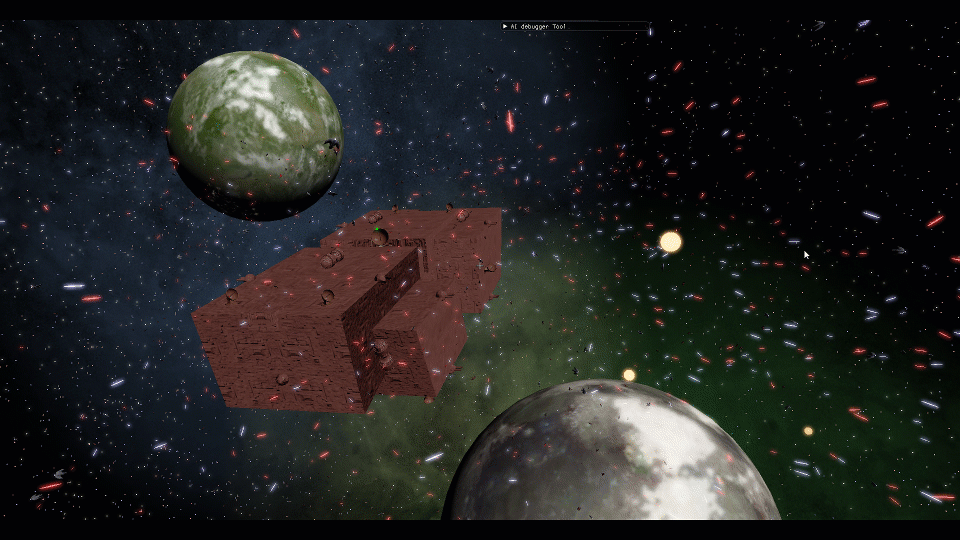It's over, I've finally completed my from scratch game project!
The final stretch has been far from glorious.
Rather than making features, it has been nonstop bug fixing.
To reach feature complete, I started just writing down non critical bugs rather than fixing them.
But after feature complete, I started burning down that list.
And now that bug list is done!

The game has been added as a free game on itch.io.
https://enigma-tutorials.itch.io/space-battle-arcadeThere's probably a few more bugs that I've yet to discover.
I'll fix them as I find them.

The game would have taken much longer to complete.
But I started cutting corners to complete the game.
I needed to bring this project to a close.
But there was still a surprising amount of work left to be done with the game.
Much of that work not actually being related to the game.
Such as making devblogs, screenshots, social media posts.

The game isn't the most impressive work of art I could imagine.
But it did provide many learning experiences.
I'm a much better c++ programmer now.
I've learned first hand why some code patterns are problematic.
I've built a framework on which I had to use to build the game, which exposed many lessons on good API design.

I'm not sure if I would recommend a project where you make the engine from scratch.
For me it was worth it.
But if your goal isn't to learn about making engines, it is probably better to just use an existing engine.
There's just so much work involved in doing everything from scratch.
So I guess I would recommend knowing what your goals are before embarking on this journey.
Because, despite what it might seem like, I doubt it will be a quick project.

 Community
Community DevLogs
DevLogs [Finishing The Game] Massive Ship Battle Game
[Finishing The Game] Massive Ship Battle Game  Community
Community DevLogs
DevLogs [Finishing The Game] Massive Ship Battle Game
[Finishing The Game] Massive Ship Battle Game 
